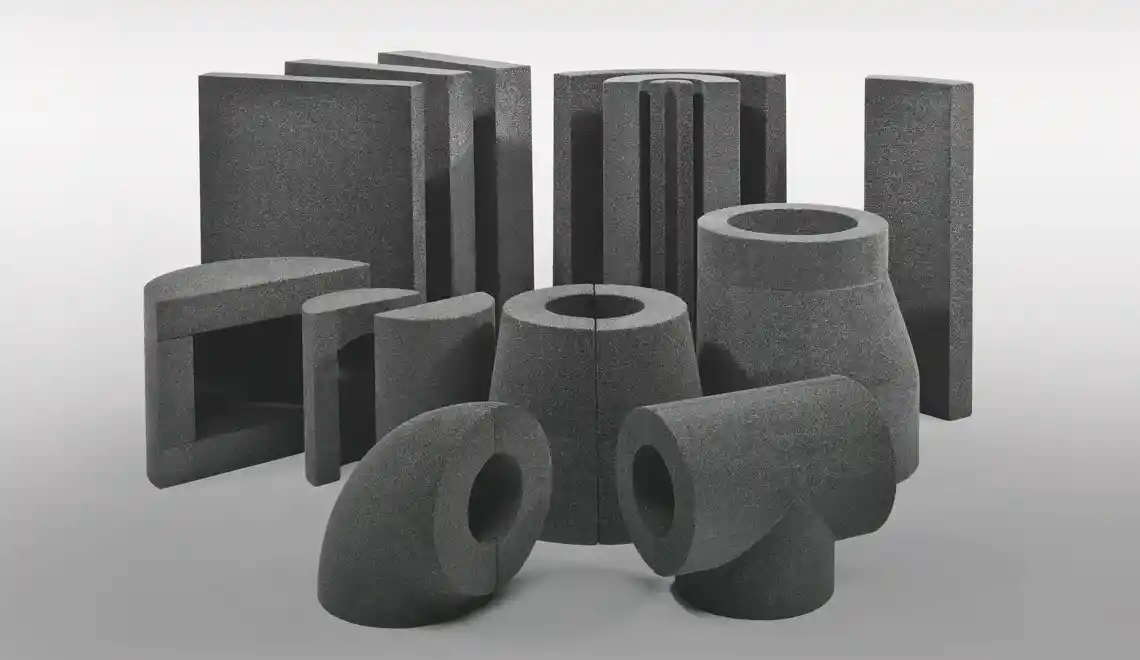Source: Link Testing Instruments Co.,Ltd.

Foam glass is a porous inorganic non-metallic material formed by high temperature foaming with waste flat glass and bottle glass as raw materials. Anti-magnetic wave, anti-static, high mechanical strength, good adhesion with various types of mud, commonly used in building exterior walls and roof heat insulation, sound insulation, waterproof materials. Because foam glass is a packaging material used for building exterior walls, it should have high moisture barrier properties. If the foam glass has poor moisture barrier properties, that is, the water vapor transmission rate is high, moisture will penetrate through the foam glass. Layer walls, resulting in reduced thermal insulation performance, wood rot, component strength reduction, mold and other problems. Therefore, manufacturers should strengthen the detection of the water vapor transmission rate of foam glass to verify the barrier performance of foam glass to external moisture.
Test methods and experimental instruments
At present, the domestic test methods for water vapor transmission rate include weighing method (cup method), electrolysis method, humidity method and infrared method. Test method Cup method, GB/T 16928-1997 "Test method for moisture permeability of packaging materials", GB/T 21529-2008 "Determination of water vapor transmission rate of plastic films and sheets - Electrolytic sensor method", GB/T 21529-2008 T 30412-2013 "Determination of Water Vapor Transmission Rate of Plastic Films and Sheets, Humidity Sensor Method", etc. In this paper, the water vapor transmission rate of foam glass is measured by the weighing method, and the standard on which it is based is GB 1037-1988.
The test equipment used in this test is Link Testing's LTWTC-203H water vapor transmittance tester.
Test principle: LTWTC-203H adopts the test principle of the moisture permeable cup weighing method. At a certain temperature, a specific humidity difference is formed on both sides of the sample, and the water vapor enters the dry side through the sample in the moisture permeable cup. , by measuring the change of the weight of the moisture permeable cup with time, to obtain parameters such as the water vapor transmission rate of the sample.
Test samples and test procedures
Test sample: foam glass sample for exterior wall of a certain brand.
Experimental procedure:
(1) Cut the sample into 3 squares of 75 mm × 75 mm with a cutter.
(2) Seal the sample on the moisture permeable cup with wax, place the moisture permeable cup in the test chamber, and close the glass sealing door.
(3) Set parameters such as sample name, sample thickness, test temperature, and test humidity.
(4) Start the air source and click the "Start Test" option.
(5) After the test, the instrument automatically calculates and displays the test results.
Test Results and Analysis
The water vapor transmission rate test values of the three samples are: 4.2405 g/(m2•24h), 4.3114 g/(m2•24h), and 4.3075 g/(m2•24h).
LTWTC-203H Water Vapor Transmission Rate Tester is a professional testing equipment for the barrier properties of films, sheets and other materials to external water vapor. It has the advantages of high detection accuracy and good repeatability of test results. Moisture barrier properties.
For more details please visit www.linktesting.org